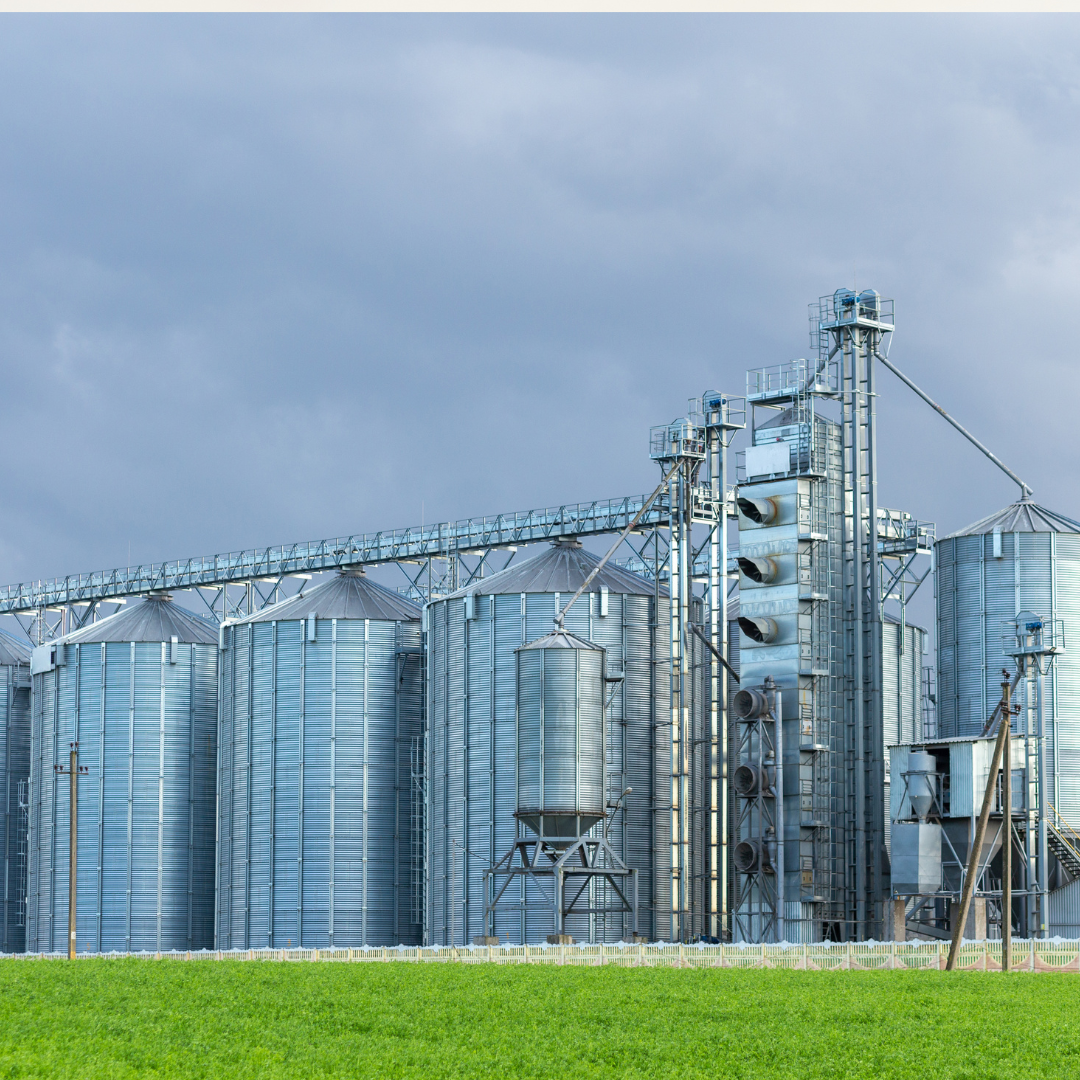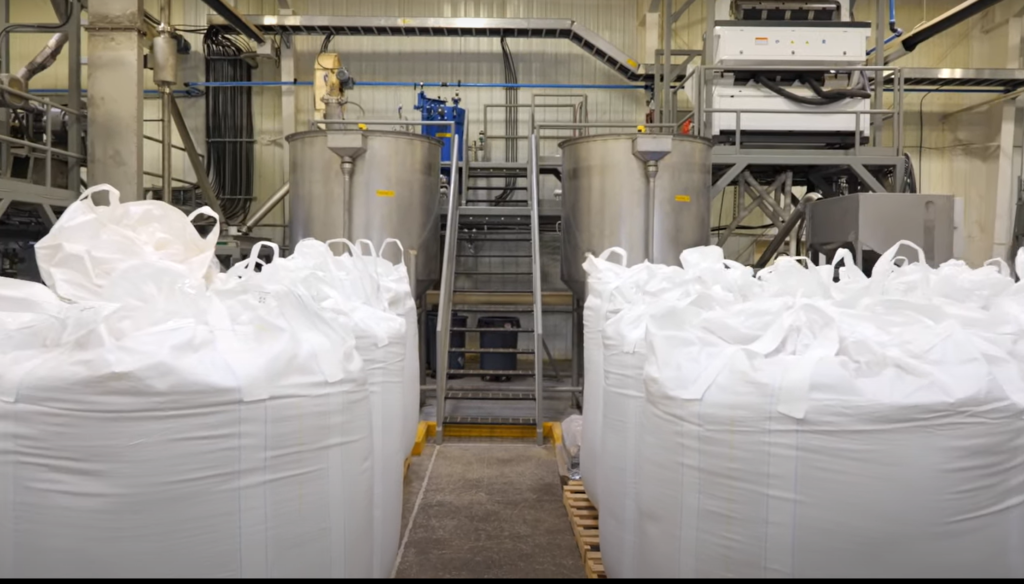Unlocking the Potential of Hemp Grain

Hemp, a versatile and sustainable plant, has gained significant attention in recent years due to its myriad applications. One of the key components of hemp is its grain, which is rich in nutrients and valuable compounds. Processing hemp grain involves several crucial steps, from seed storage to dehulling and cold pressing oil. In this article, we will explore each stage of the hemp grain processing journey and highlight existing seed processing equipment that can handle small-sized hemp seeds without the need for extensive modifications.
Hemp Grain Drying & Storage
In hemp grain processing, the steps from harvest to drying and storage play a pivotal role in determining the success in the hemp market. The decisions made during these crucial stages can significantly impact the quality and market value of hemp grain.
Typically, hemp grain is harvested with a high moisture content, ranging from 25 to 30 percent. To prevent potential issues, it is important to promptly move the harvested hemp to a drying facility, whether utilizing a mobile dryer or a silo dryer. The high moisture content makes the hemp susceptible to quick heating, whether during transport or storage, emphasizing the need for a well-thought-out strategy.
Transportation to the dryer is a critical link in the chain, and time is of the essence. The objective is to reduce the moisture content of the hemp to a range of 8 to 12 percent for optimal long-term storage. Failure to achieve this target within a short timeframe, typically around 90 minutes, can lead to excessive heating. When hemp seeds become too hot, the risk of spoilage increases significantly. Elevated temperatures can cause peroxide levels to soar, leading to rancidity and compromising the overall quality of the hemp grain.

In essence, a well-executed strategy from harvest to drying and storage is paramount in ensuring the viability of your hemp grain in the market. By swiftly and efficiently moving hemp from the field to a drying facility and then on to storage, you mitigate the risks associated with high moisture content. This proactive approach not only preserves the nutritional integrity of the hemp grain but also safeguards it against the detrimental effects of heat and moisture, ultimately securing a reputable position in the competitive hemp market.

Cold Pressing Oil
After dehulling, the next crucial step is extracting oil from the hemp seeds. Cold pressing is a popular method for obtaining high-quality hemp seed oil without the use of heat or chemicals, preserving the oil’s natural flavors and nutritional properties.
Existing seed processing equipment designed for small-sized seeds, such as screw presses, can often be utilized for cold pressing hemp oil. These machines work by mechanically pressing the oil out of the seeds. It is essential to monitor and control the temperature during the pressing process to ensure the oil remains within the desired cold-pressed range. The extracted oil can be further refined or left in its natural state, depending on the intended use.
Dehulling and Pressing
Dehulling
Dehulling, or the removal of the outer shell or hull from the hemp seeds, is a critical step in processing hemp grain. The hull, or outer layer, contains fiber and other components that may interfere with the extraction of oil. There are various methods for dehulling hemp seeds, with mechanical and air-based systems being the most common.
Mechanical dehulling involves the use of specialized equipment to crack the outer shell and separate it from the seed. Some existing seed processing equipment designed for small-sized seeds, such as sunflower or flax seeds, can be adapted for hemp seed dehulling without significant modifications. Adjusting parameters such as speed and pressure on these machines may be necessary to optimize the dehulling process for hemp seeds.
Equipment Adaptation for Hemp Processing
Many seed processing machines are versatile enough to handle a variety of small-sized seeds, making them suitable for hemp processing with minimal modifications. For example, gravity separators, air classifiers, and vibratory conveyors are commonly used in seed processing and can be employed for hemp grain without extensive adjustments.
Provided under a grant from the Pennsylvania Department of Agriculture
Join PAHIC and benefit from resources, knowledge and a community dedicated to the ongoing success of industrial hemp in Pennsylvania.


